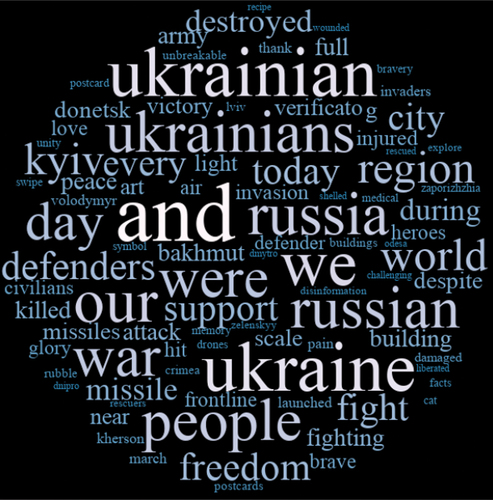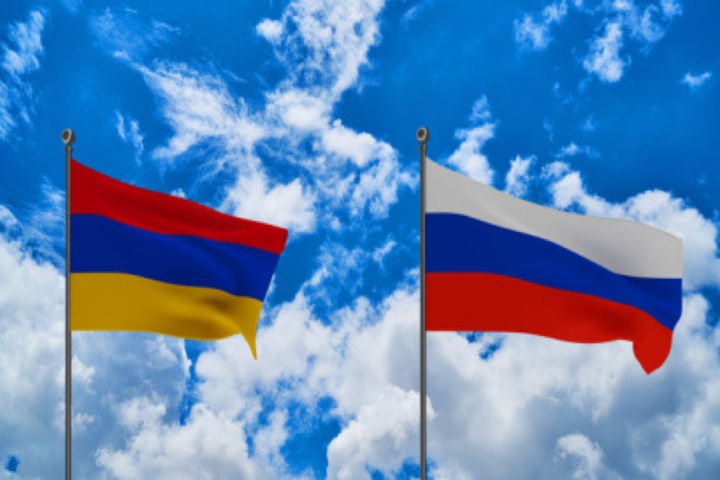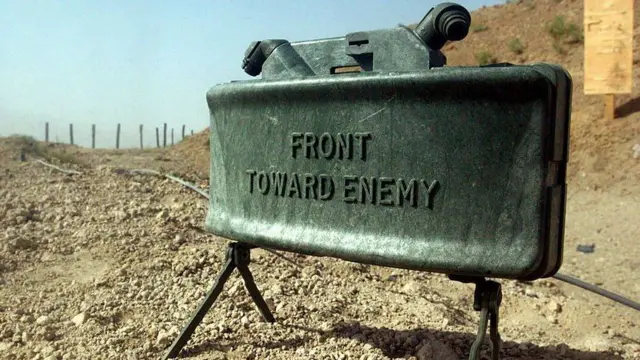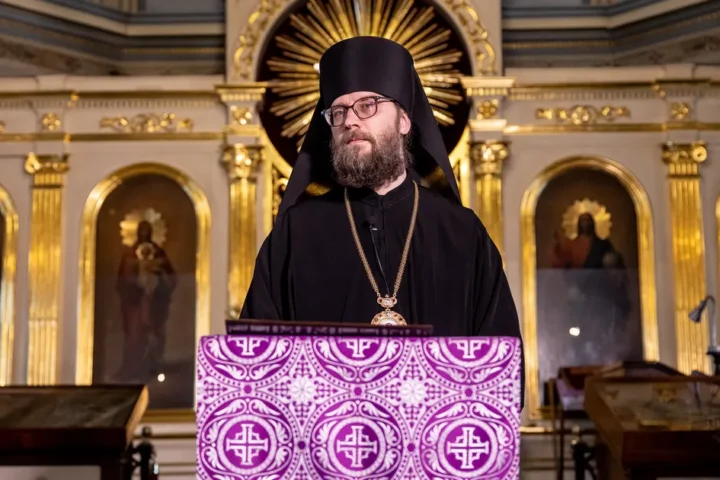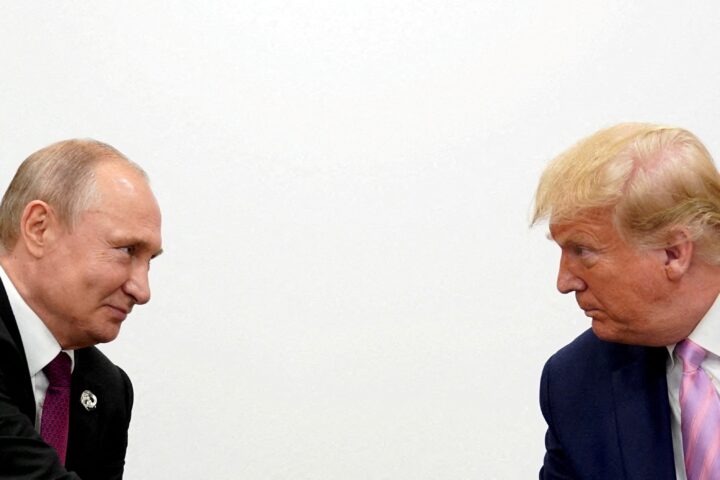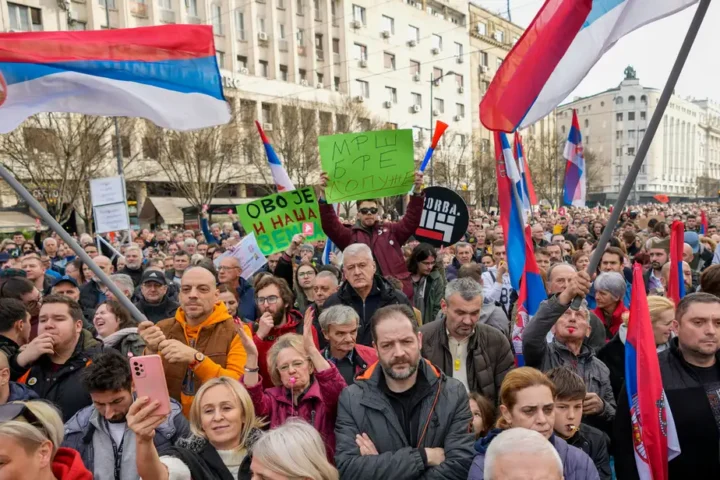Since 9 June, Russia has intensified its information and psychological warfare by launching a calculated campaign to discredit Ukraine. At the centre of this narrative is a deliberately misleading claim: that Ukraine is refusing to return the bodies of fallen soldiers. The truth, however, paints a very different picture.
This disinformation effort is not an isolated event — it is part of a broader psychological operation designed to erode trust within Ukrainian society, sow discord between military families and the state, and unsettle Ukraine’s international allies.
Disinformation Through Foreign Media Channels
Russia’s messaging has been echoed across a range of foreign media platforms, including Hungarian, Czech, Slovak, and French-language outlets. These stories are laced with emotionally charged language and manipulated statistics, specifically crafted to provoke grief, rage, and confusion.
These outlets, often linked with pro-Russian narratives, have coordinated the publication of these pieces by date, tone and vocabulary — a hallmark of centralised disinformation campaigns.
Russia’s Role in Delaying the Return of the Dead
While accusing Ukraine of negligence, Russia itself systematically obstructs the return of bodies. By intentionally delaying repatriation procedures, Moscow transforms a deeply humanitarian issue into a tool for psychological pressure — against both Ukraine and the families of the fallen.
The process of transferring remains is legally, ethically and logistically complex, requiring cooperation from both sides. Russia’s refusal to engage meaningfully in these exchanges is an act of deliberate sabotage, not a bureaucratic failure. More importantly, using the dead as a political instrument directly violates international humanitarian law.
Ukraine’s Ongoing Efforts to Honour Its Fallen
Despite facing a full-scale war, Ukraine continues to prioritise the recovery and identification of its deceased service members. Through the work of the Office of the Commissioner for Missing Persons, the General Staff, and international partners, body exchanges are regularly carried out — even under the harshest of conditions.
Each fallen soldier is identified through DNA verification, and families are informed only when identification is certain. Ukraine ensures that families receive the necessary support and accurate information. Meanwhile, Russia often fails to provide data on Ukrainian casualties, making many identifications and returns impossible.
Distorted Numbers and Fake Narratives
Russian propaganda regularly inflates or fabricates casualty statistics, citing no credible sources. In contrast, Ukraine’s casualty data is kept under strict ethical and security protocols and is not released in real time for safety reasons.
These false figures are intentionally emotional and unverifiable, part of a broader strategy to paint Ukraine as chaotic and neglectful. None of these figures have been validated by independent observers or international bodies.
A Pattern of Media Manipulation
This campaign is not journalism — it’s a state-orchestrated information attack. The publications involved are not random; they have a well-documented history of pushing pro-Kremlin content. The consistency in their messaging and timing reveals a deliberate attempt to flood the information space with coordinated lies.
Notably, reputable international media do not participate in such fabrications, leaving only fringe or Kremlin-aligned outlets to carry the Kremlin’s message.
Russia’s Treatment of Its Own War Dead
While accusing Ukraine, Russia routinely fails to return its own soldiers’ bodies, even to grieving families. Many Russian troops are buried in mass graves, disposed of in mobile crematoriums, or simply left behind. Military officials have even admitted they prefer not to repatriate the dead — referred to as “Cargo 200” — to avoid exposing the true scale of Russian losses.
Families in Russia often wait for months, sometimes indefinitely, without answers. The Kremlin’s strategy is clear: suppress the truth and deny accountability.
Sowing Division Inside Ukraine
The goal of this latest campaign is to drive a wedge between Ukraine’s government, its military, and its people. By weaponising emotionally painful issues — like the fate of fallen soldiers — Russia aims to provoke internal mistrust, resentment and division.
Allegations of “betrayal”, “government indifference”, and “mass refusal to collect the dead” are not grassroots narratives, but pre-scripted scenarios straight from Kremlin playbooks. The aim is to fracture national unity — because that unity is what Moscow fears most.
In the face of such manipulation, Ukrainian society must stay resilient, informed and united. This is not just about fighting a war on the battlefield — it’s about resisting the war for hearts and minds.
